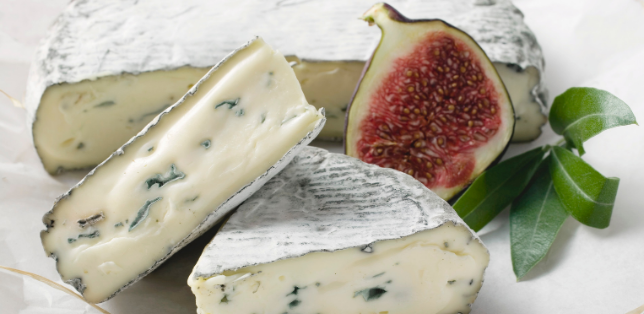Scotch Whisky, Prosciutto di Parma and Roquefort are among some of the premium food and drink products that are Protected Geographical Indications (PGIs) in respect of EU Regulations.
These EU regulations cover some 3,400 products.
Using Roquefort as an example, the EU regulations mean that the product name “Roquefort” can only be used on a product that meets the premium quality standards associated with Roquefort cheese.
Products meeting these strict product standards are entitled to use the product name and must be labelled with the EU PGI logo. The EU PGI logo shows consumers that they are purchasing a genuine PGI that complies with the premium quality standards associated with it.
As such, the producers of Roquefort cheese have to go through rigorous compliance checks to ensure the quality and characteristics of their product entitles them to use the name “Roquefort” and the EU PGI logo.
Consequently, a cheese manufacturer or seller cannot call their product ‘Roquefort Cheese’ or use the PGI logo within the EU unless it meets the appropriate cheese standards. In this case, these standards include the requirement that the fungus used in the cheese production must be produced in France from the natural calves of Roquefort-sur-Soulzon.
It is through these strict EU standards for agricultural products and foodstuffs that the quality of premium foods is maintained.
Unfortunately, the standards for control of agricultural products and foodstuffs are not the same all over the world. For example, in the United States it would be possible to call a cheese “Roquefort-style” cheese or “Californian Roquefort” as the US allows the use of protected product names, provided they don’t lead to confusion or deception of the consumer.
There were concerns in respect of whether the strict EU protection would remain in place at the end of the Brexit transition period, or whether a relaxation of the protection would take place to facilitate future trade deals, such as those between the UK and US.
The good news is that the UK under Defra (the Department for Environment, Food & Rural Affairs) decided to maintain strict protection for agricultural products and foodstuffs by setting up its own new geographical indication scheme and an accompanying “Protected Geographical Food and Drink name” register. (See here)
What’s more is that, all existing products with EU PGI protection have been automatically registered under the new UK scheme. In essence, the UK Scheme mirrors the EU scheme and provides for three different protection labels, namely PGI (Protected Geographical Indication), PDO (Protected Designation of Origin) and TSG (Traditional Speciality Guaranteed). For a detailed explanation we invite you to read the related article “A TASTE OF…IP in the Food & Drink Industry” which will be published shortly. It’s worth noting, however, that as of the start of this year, new applicants for UK PGIs will need to apply in the UK first and thereafter make a separate application to the EU if they wish to secure protection in the EU.
Like the EU, the UK has created its own logos that are to be used to show the authenticity of products protected under its scheme. As of the beginning of this year, consumers may have already seen the new logos in circulation.
The newly implemented UK scheme is welcome news for premium food and drink producers selling into the UK who enjoy protection under the EU Regulations, and for whom it is important to demonstrate their products authenticity.
Our expertise
Marks & Clerk has a specialist group within its food and drink team who specialise in Geographical Indications. If you have any questions, please get in touch.



